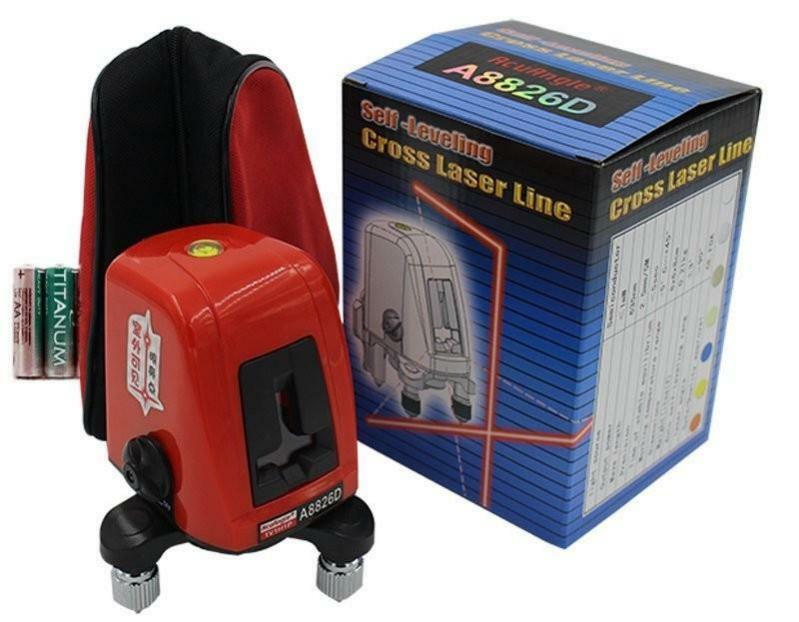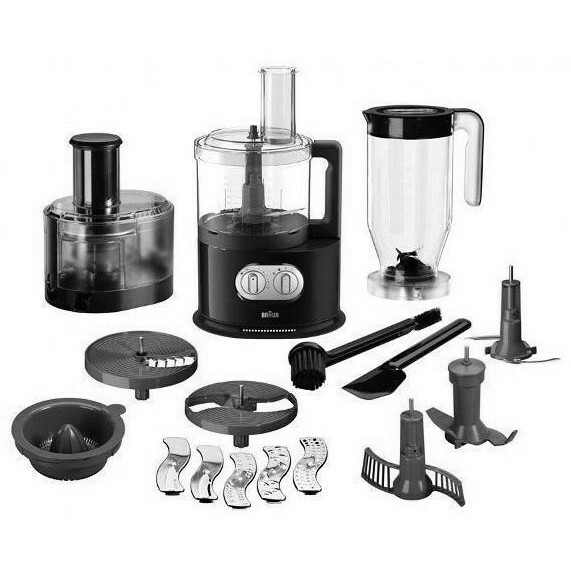If you roughly calculate how much a cast-iron battery weighs, it turns out that a standard radiator has a mass of about 40-50 kg. The indicator depends on the specific model, as well as on the number of sections. How to make calculations correctly, and what the weight of the battery is connected with, is described in detail in the presented article.
The content of the article
- Why do you need to know the weight
- Weight of different batteries: calculation example
Why do you need to know the weight
How much a battery weighs matters a lot, especially with cast iron. This is a very dense alloy (about 6.8-7.3 kg / m3), which is very heavy. Therefore, when planning the installation, replacement or repair of such batteries, you should plan everything in advance. Accurate knowledge of weight helps to solve several problems:
- When buying any radiator, the question of its transportation arises. Since one battery may well weigh 30-50 kg or even more, personal vehicles are unlikely to cope with such a task. It is better to order transportation by a special car, and you should take care of the services of loaders in advance.
- If you calculate how much a 6-section cast-iron battery weighs, it will be about 30-45 kg. It is difficult to lift such objects manually - you will have to work together, three of us, or involve other people. It is optimal if a freight or at least a passenger elevator is used to rise to a height.
- It is extremely important to take into account the ability of the wall of the house to constantly hold a heavily loaded mount to which the battery is fixed. So, frame houses, buildings from SIP panels or gas blocks may not be able to cope with such a task. Therefore, instead of one large radiator, it is better to put 2-3 small ones, evenly distributing them around the perimeter of the room.
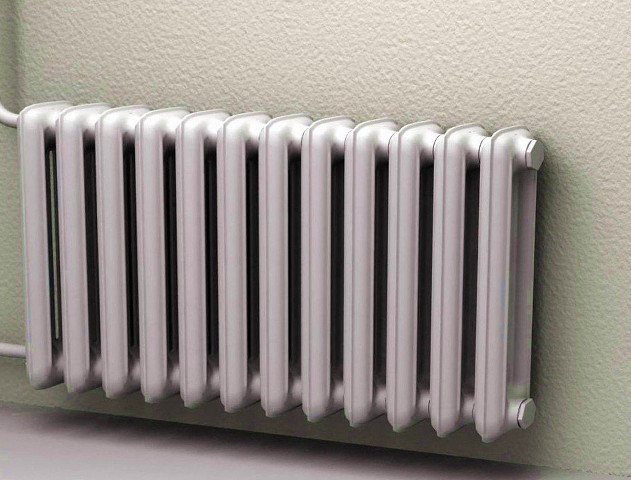
Weight of different batteries: calculation example
Dimensions, as well as the weight of a cast-iron radiator of 8 sections, are regulated by the GOST 8690-94 regulatory document. Moreover, the weight indicator as such is not clearly described. But the document provides such an indicator as a specific gravity of 49.5 kg - each such unit produces 1 kW of heat.
The mass is usually determined in terms of 1 section. For example, to find out how much a battery of 7 sections weighs, you need to find out the weight of 1 of them and multiply by 7. However, the weight differs depending on the model. To determine, you need to know the dimensions of the radiator:
- Depth (thickness) - the distance in cm between the ribs of the section (back and front).
- Width - the interval between the outermost points in the horizontal direction.
- Height is the interval between the furthest points in the vertical direction.
- Interaxal distance - the interval between the central points of the section sections.
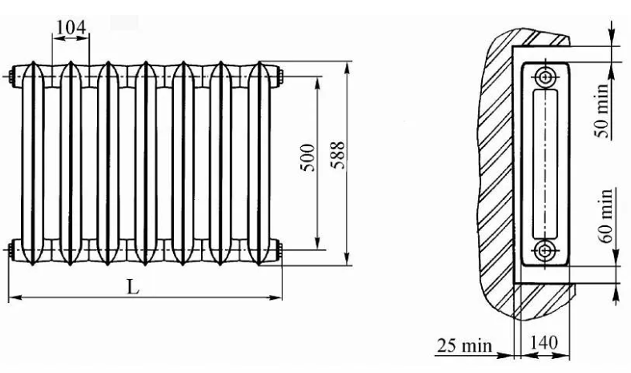
How much the cooling radiator weighs depends precisely on the specified parameters, as well as on the number of sections. Actual values are presented in the table (the series is designated "MS").
| Series | Center distance, mm | Section weight, kg |
| 140-500 | 500 | 7,1 |
| 110-500 | 500 | 5,6 |
| 140-300 | 300 | 6,1 |
| 85-500 | 500 | 4,45 |
| 110-300 | 300 | 4,45 |
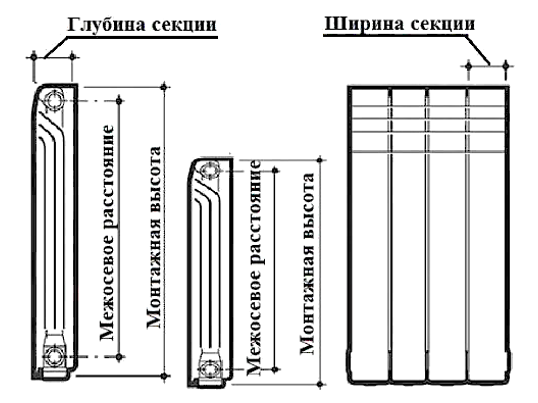
Determining the weight of the cooling radiator is quite simple. It is necessary to clarify the battery series, determine the mass of one section and multiply by the total number. For example, there is a MS-140 radiator with 7 sections. Each of them has a mass of 7.1 kg. Then 7.1 * 7 = 49.7 kg. Thus, on average, one cast-iron battery weighs about 40-50 kg.
If necessary, the mass is considered together with the coolant, that is, water. It is necessary to proceed from the fact that each section holds about 1-1.4 liters, that is, 1-1.4 kg. If, in the described example, the mass of water is taken into account in the calculations, it will turn out: 7.1 * 7 + 1.4 * 7 \u003d 59.5 kg. Thus, you can determine the weight of the radiator yourself. Based on this, you can plan its transportation, installation or dismantling.
